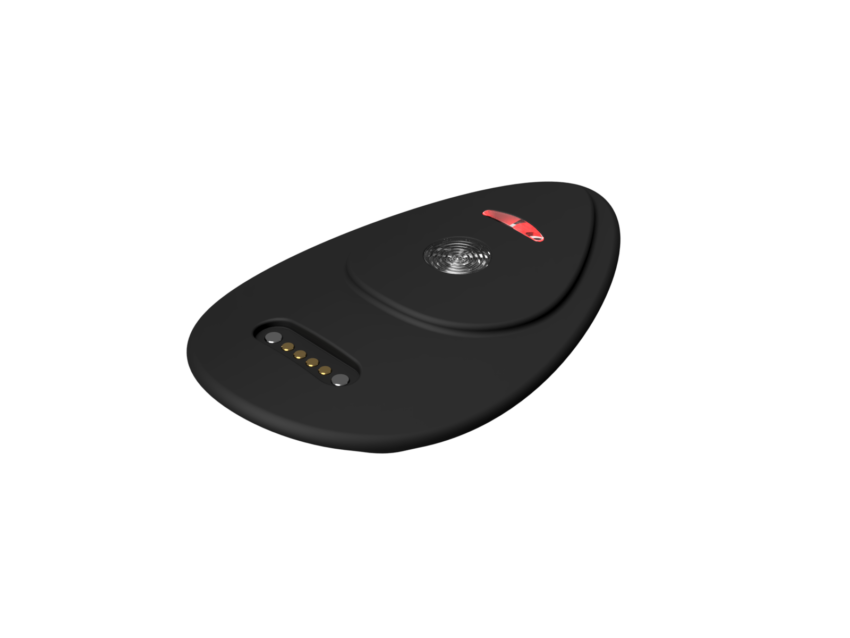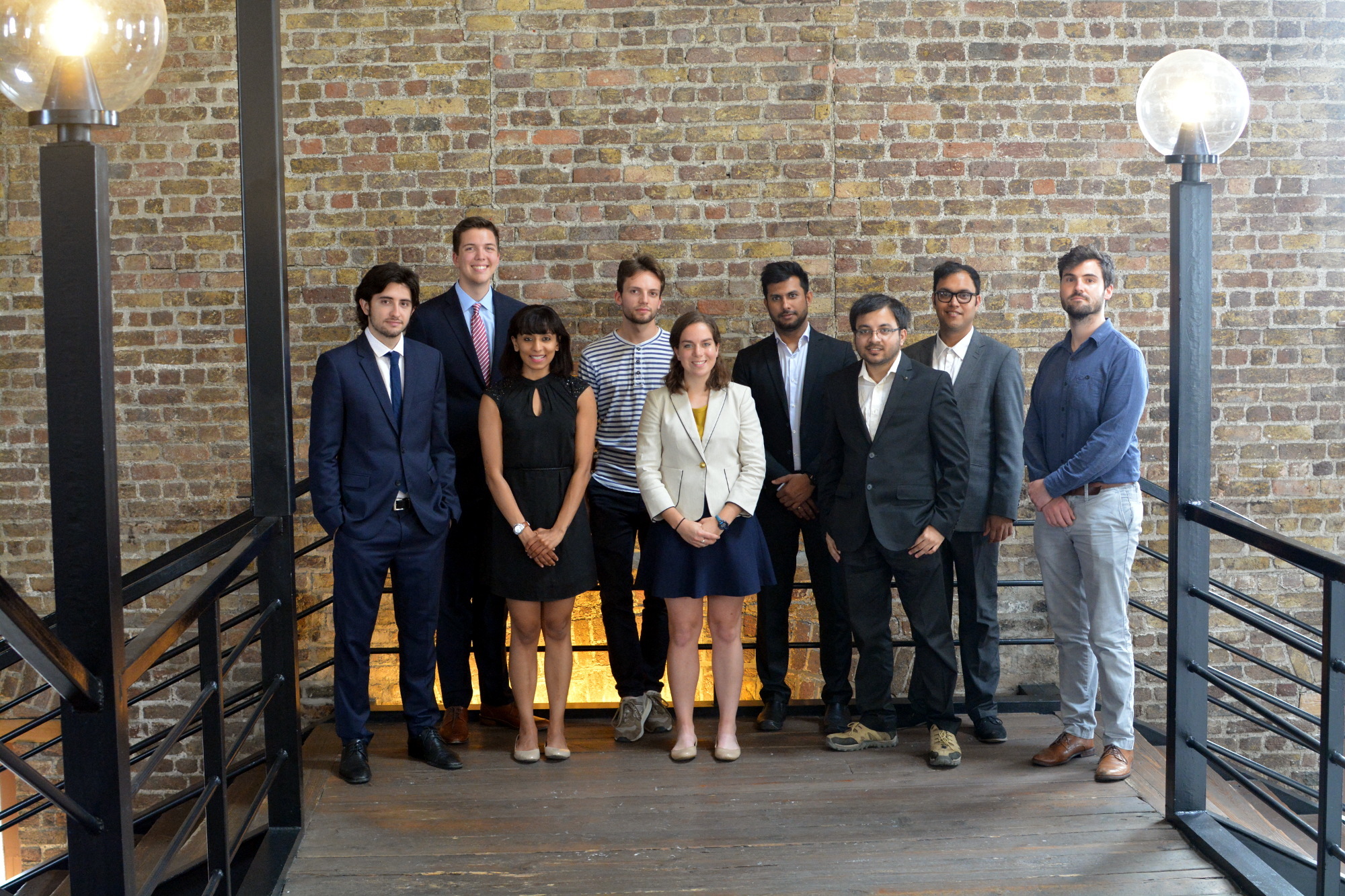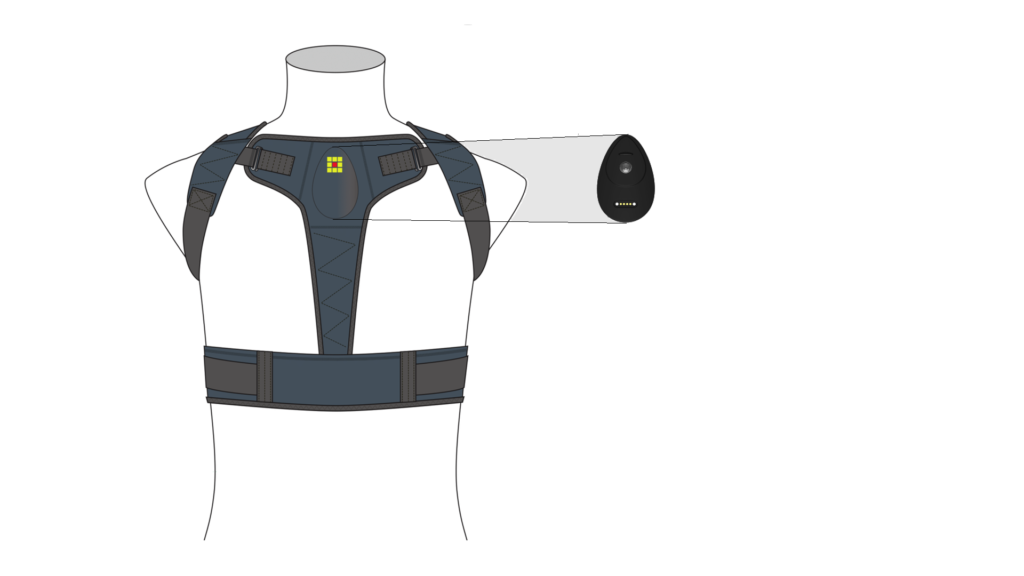Wearable devices are the next big thing in the tech industry. They are already spreading around in various forms including smartwatches, sport bands and soon smart glasses. But what if the wearable device could be actually integrated in your normal clothes, in the outfit you wear everyday? Think Biosolution is working on just that. They created a sensor called “QuasaR” that could potentially fit into your everyday clothes and be able to monitor several different parameters. Access to those parameters would be normally available only to professional athletes and with very complicated devices, this is why “QuasaR” be a real game changer in this field. Today as we speak with the CEO of Think Biosolution, Shourjya Sanyal, we will find out more about QuasaR and the future projects of his company.
How did you start Think Biosolution?
Shourjya Sanyal: Our journey began in 2010 when I had to take my grandmother to a hospital in India, and I had a first-hand experience of the appalling condition of healthcare. The lack of monitoring device coupled with the shortage of doctors was a global epidemic. I came back to my University and decided to work with like-minded engineers to help change healthcare. Koushik (my co-founder) and I started working as a contract software development firm for indigenous laboratory equipment companies in India in 2011. However, we then went on to pursue Graduate School in Ireland and Hong Kong and kept collaborating on developing various wearable projects. It was in 2012 that we discovered the idea behind the QuasaR™ sensor, and kept working on iteratively improving it. In 2016 we co-founded Think Biosolution in Dublin Ireland to produce the sensor technology for a wide-range of users from patients to athletes.
Can you share with us more information on how QuasaR works?
Shourjya Sanyal: Our product QuasaR™ is a wearable device, that can help users build cardiac and aerobic endurance by suggesting the optimal running intensity and duration. The QuasaR™ sensor measures the users’ heart rate, respiratory rate, blood oxygen saturation, and heart rate variability with medical grade accuracy, and combines this data with information about the users’ speed to compute fitness predictors such as heart rate-running speed index, vVO2max. These predictors are then used for recommending personalized coaching routines towards achieving endurance goals.

In the Photo: The QuasaR by Think Biosolution. Photo Credit: Think Biosolution.
What are the main benefits of using QuasaR?
Shourjya Sanyal: QuasaR™ gives real time haptic feedback to the athlete, and not just track activity at the end of each workout. QuasaR™ will tell the user at the optimal speed and posture in which he/she should walk/run to enhance cardiac and aerobic endurance. QuasaR™ tracks multiple fitness parameters, currently available only to professional athletes in clinical settings, using a variety of equipment like ECG, spirometry, pulse oximetry etc., at the ease and price point of a wristband-based fitness tracker. This is possible, since QuasaR™ uses a patent pending camera sensor technology which is as accurate as ECG sensors, but easier to integrate in clothing, and can measure more parameters like blood oxygen saturation.
When it will be on the market? Are you going to sell it to the general public or partner with clothing brands?
Shourjya Sanyal: We are an OEM business, building privately labeled IoT devices using QuasaR™ sensor technology coupled with custom AI algorithms, for telemedicine platforms, professional athlete monitoring platforms, and sports apparel brands in EU and USA. We are got LOIs for partnership from 20 such companies in Q1 2018. We aim for at least 10 trial launches in Q4 2018.

In the Photo: The evolution of wearable devices. Photo Credit: Think Biosolution.
Do you believe wearable devices will become part of everyday outfits in the future? Or they will still be used more by certain categories (athletes, people that need to be monitored)
Shourjya Sanyal: I believe that the wearables market today is still in very early stages, similar to the internet in early 1990s. Competitive athletes and patients in telehealth platforms are some of the very early adapters of this technology, since this has an immediate impact on their lifestyles. In the next 10 years this technology will become a ubiquitous like the smart-phone, as it eventually provides a variety of use-cases for each user.
RELATED ARTICLES:
![]() An Interview with babylon Health
An Interview with babylon Health
by Tyler Russel
![]() Dermal Abyss – Where the future of health tech meets body art
Dermal Abyss – Where the future of health tech meets body art
by Alessandro du Bessé
![]() A Clean Screen of Health: An Interview with Chun-Hao Huang
A Clean Screen of Health: An Interview with Chun-Hao Huang
by Mohamad Akef
Are you already working to develop other wearable devices? If so what would be the evolution of QuasaR?
Shourjya Sanyal: The next iteration of QuasaR™ device will have voice capabilities i.e. the device will be able to directly talk with the user. Also we are working with various medical professionals to train QuasaR™’s AI engine to monitor and predict cardiac conditions, COPD, stress, and prevent fall.

In the Photo: The CEO Shourjya Sanyal and his team. Photo Credit: Think Biosolution.
How do you see your company in five years?
Shourjya Sanyal: In the next five years we want to build exclusive partnerships with the largest brands in telehealth, professional sports monitoring and smart apparel. Also we will like to see QuasaR™ being used as a medical device in hospital settings for pre and post operation monitoring.









